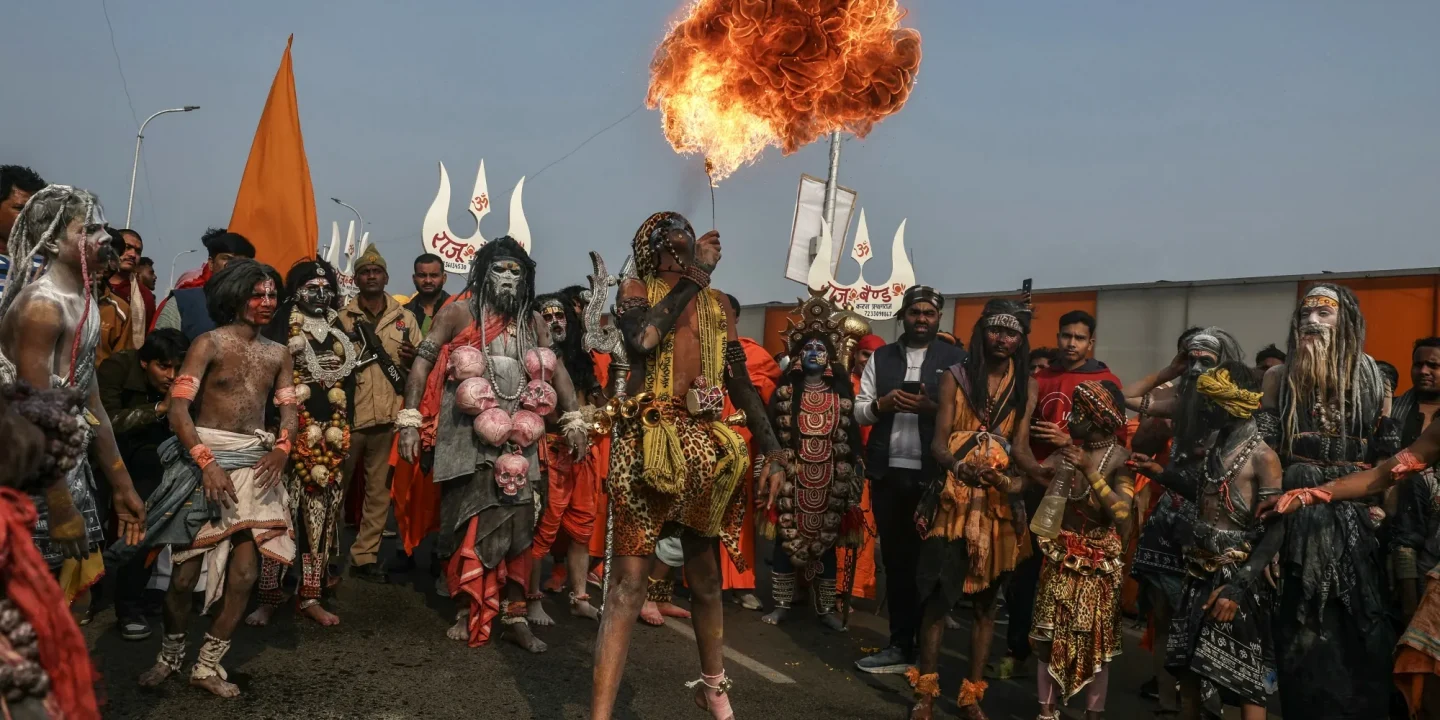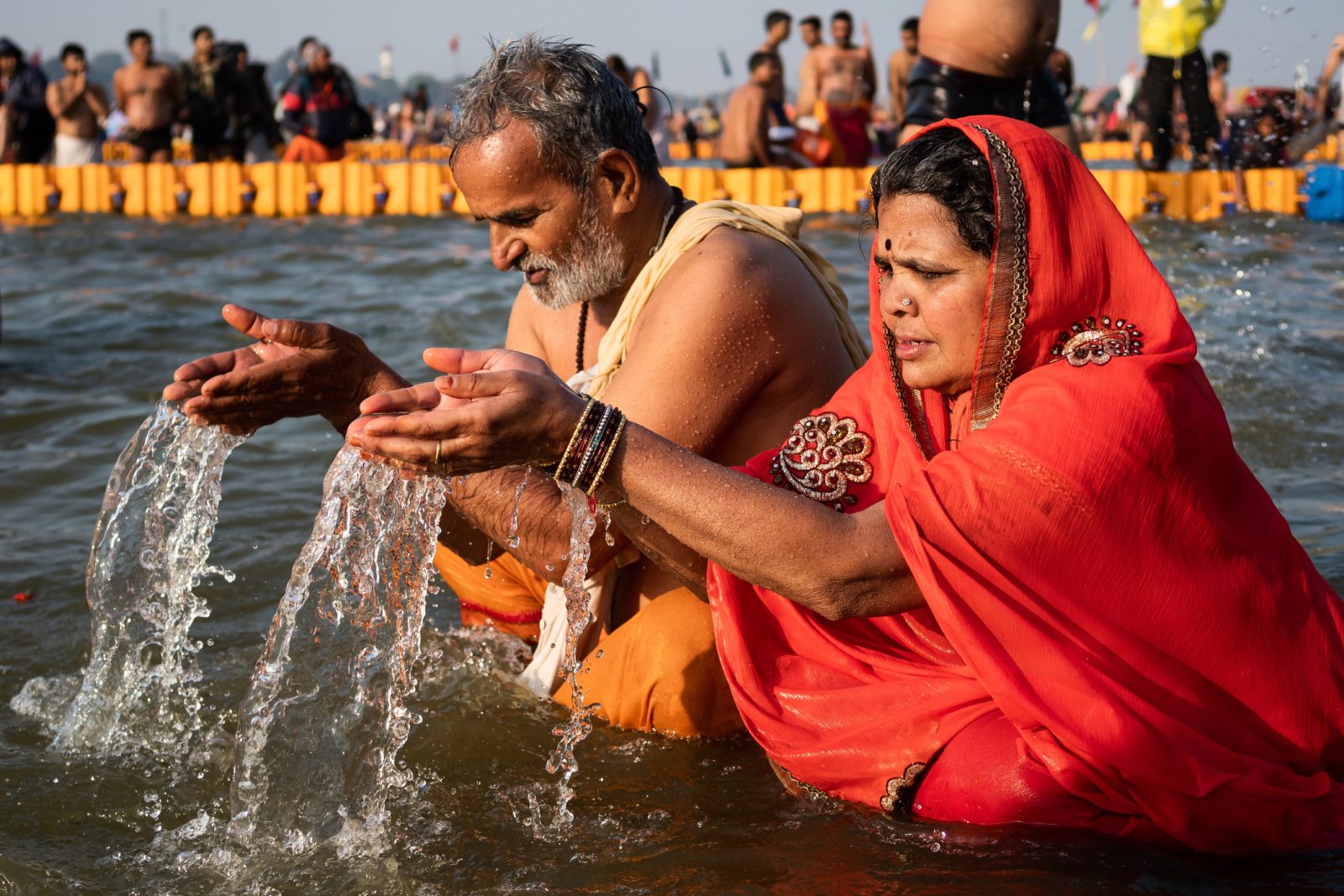
The Maha Kumbh Mela, touted as the world’s largest religious gathering, is currently taking place in Prayagraj, India. This grand festival officially began on January 13, 2025, and will continue for 45 days, concluding on February 26, 2025. Millions of Hindu devotees, mystics, and holy men and women have flocked to the confluence of the Ganges, and Yamuna. The mythical Saraswati rivers also participate in this sacred event.
Historical Background and Meaning
Origins of Kumbh Mela
The Kumbh Mela has its origins in ancient Hindu mythology, specifically the tale of the Samudra Manthana, or the churning of the ocean. According to this legend, the gods and demons collaborated to churn the ocean in search of the nectar of immortality. During this process, a pot (kumbh) of nectar emerged, and a few drops fell at four locations: Prayagraj, Haridwar, Ujjain, and Nashik. These sites became the focal points for the Kumbh Mela, celebrated every 12 years at each location.

Significance of the Festival
The Kumbh Mela is not just a religious gathering; it is a celebration of faith, community, and spirituality. Hindus believe that taking a dip in the sacred rivers during the festival cleanses them of sins and purifies their souls, liberating them from the cycle of birth and death. This belief underscores the ultimate goal of Hinduism, which is salvation.

UNESCO Recognition
In recognition of its cultural significance, the Kumbh Mela was inscribed on UNESCO’s Representative List of the Intangible Cultural Heritage of Humanity in 2017. This acknowledgement highlights the festival’s importance not only to Hindus but also to global cultural heritage.

The Maha Kumbh Mela is a remarkable event that embodies the spiritual and cultural essence of Hinduism. As millions gather to partake in this sacred tradition, they engage in a practice that has been celebrated for centuries, reflecting the deep-rooted beliefs and values of the community.
Read more on Lifetips.blog














